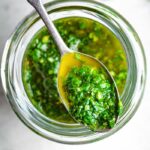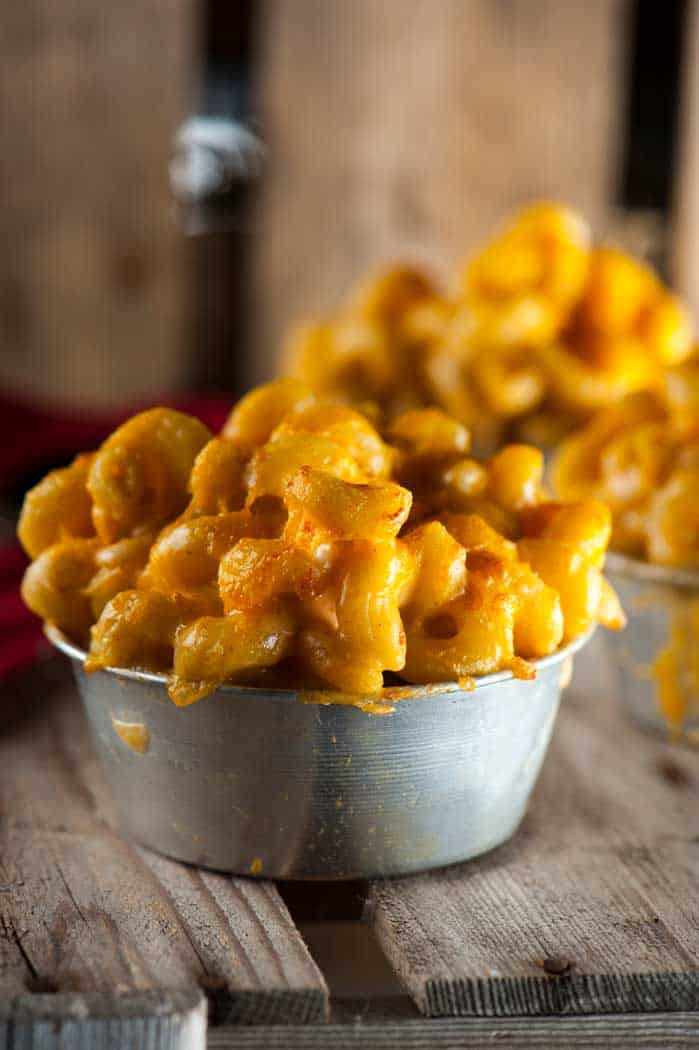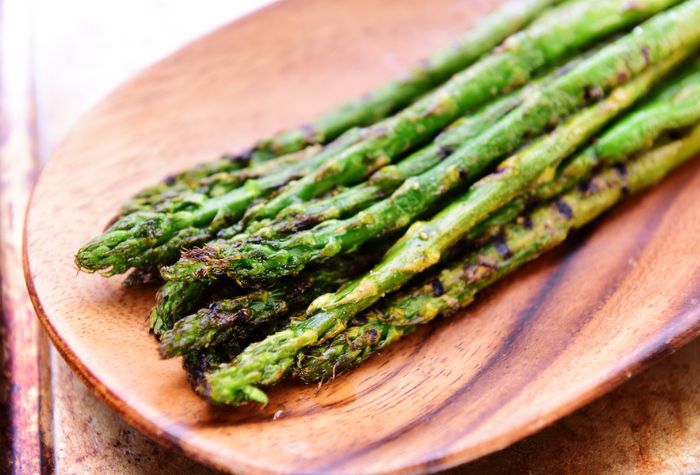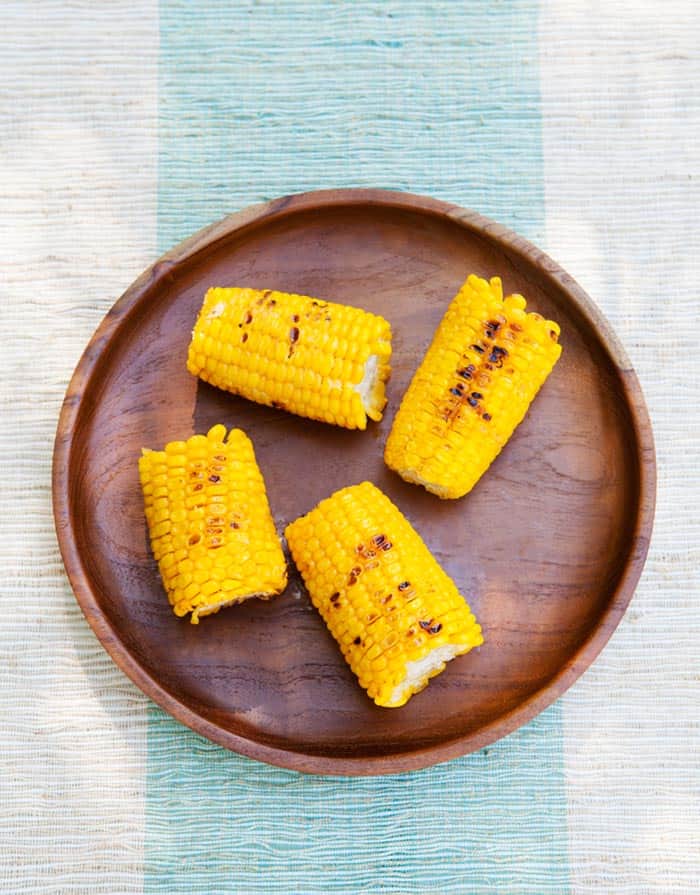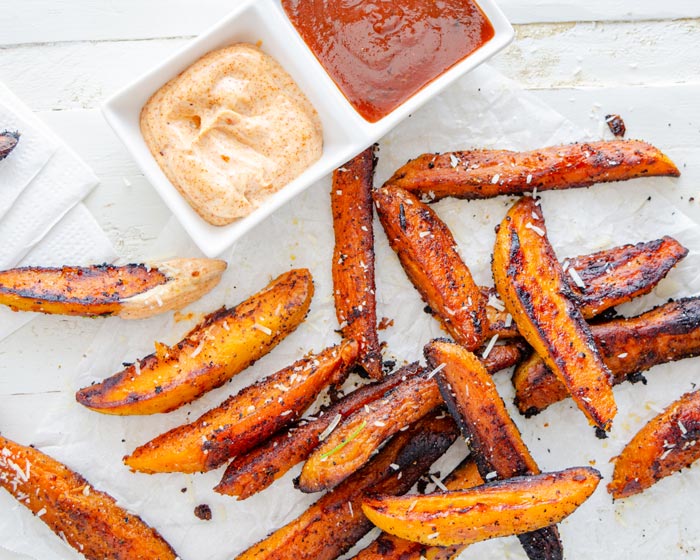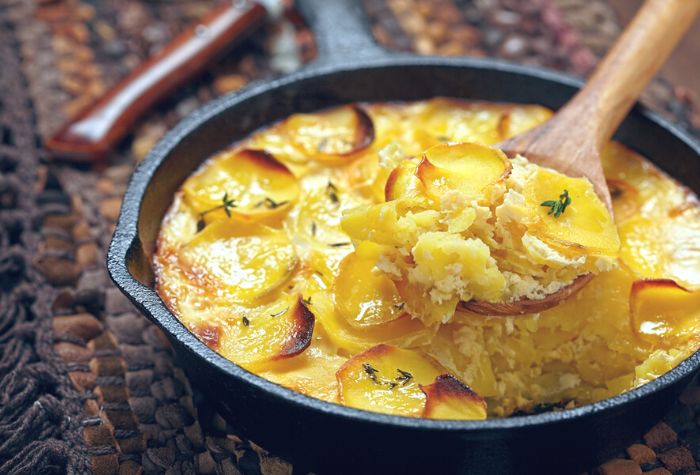Easy homemade chimichurri for your grilled steaks and asado dishes. Packed with fresh parsley and oregano, this Argentinian sauce is tangy and herby with a little dash of heat.
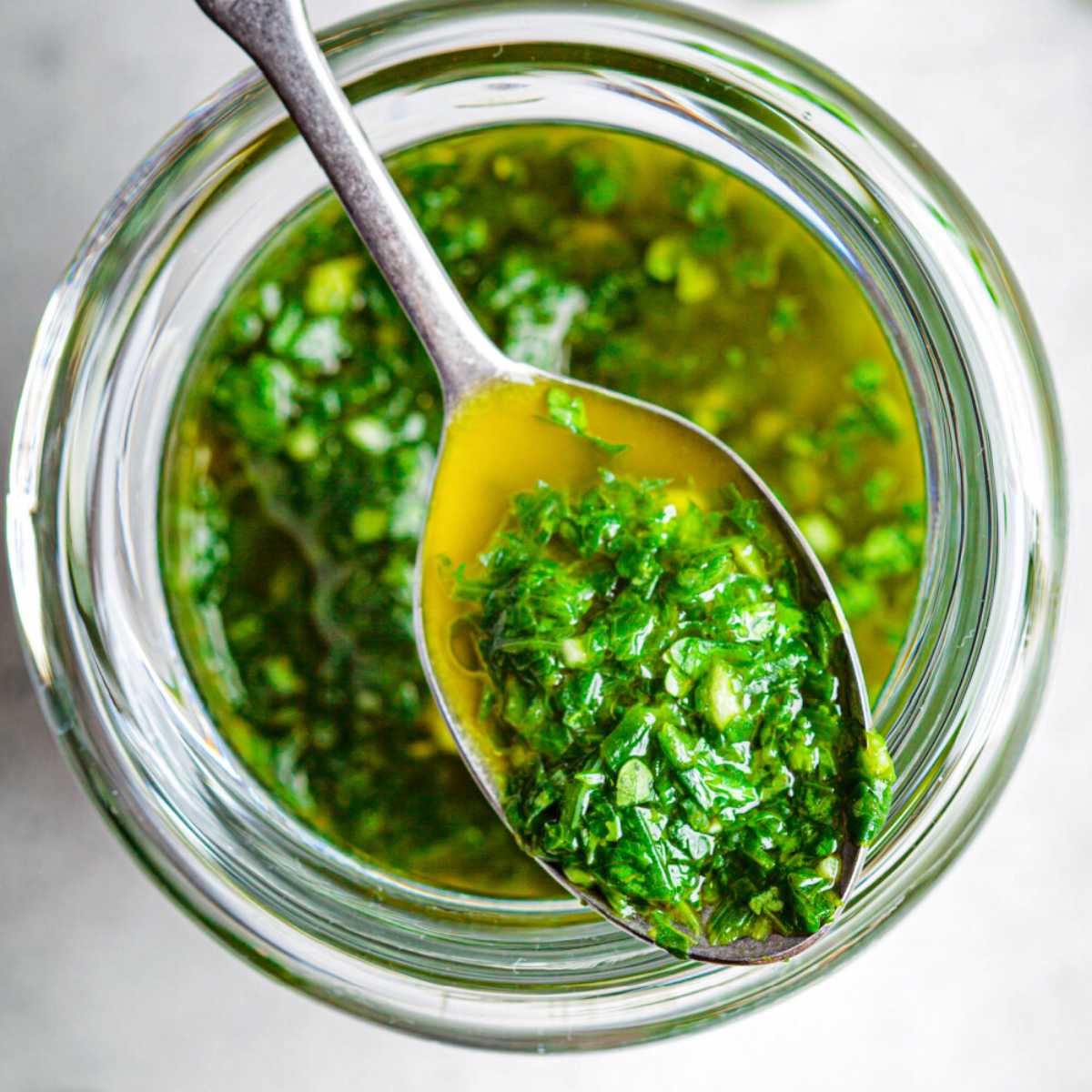
Chimichurri is a refreshing green sauce made to liven up hearty, rich dishes by adding a bright acidity and zesty flavor. Argentinian in origin, one taste of this chimichurri, and you’ll find excuses to put it on everything.
From topping grilled meats to tossing with roasted vegetables, this chimichurri recipe is the perfect pairing for a host of dishes. Made simply with parsley, garlic, shallot, olive oil, and red wine vinegar, it takes only minutes to bring this bright sauce to life.
From the history and origins of this delightful sauce to the best ingredients to use, discover how to make chimichurri in just minutes.
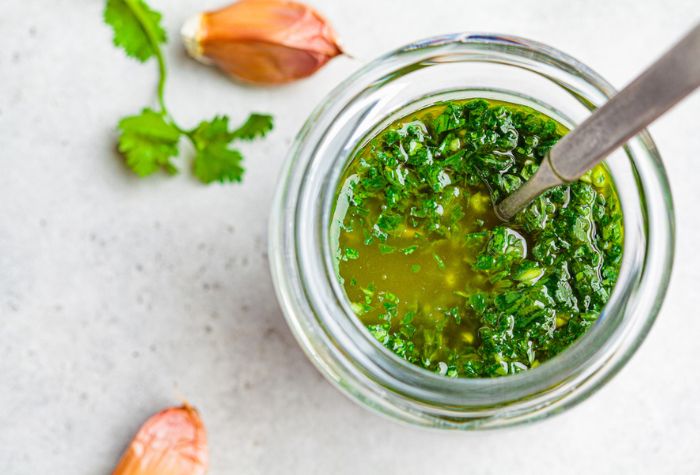
What is Chimichurri?
Chimichurri is an uncooked sauce composed primarily of parsley, with oil and vinegar added to increase acidity and make for a thin yet flavorful sauce. Garlic, shallot, oregano, and red chili flakes play the supporting roles.
When combined, the flavor and acidity will perfectly cut through even the richest dishes while adding an irresistible fresh herb flavor.
Originating in Argentina, where steaks are king, locals rarely decorate their meat with anything more than a bit of salt and pepper. Chimichurri is the one notable exception, as its unique flavor composition is the perfect pairing with an otherwise heavy meal.
Chimichurri is a mostly parsley-based sauce, although there are too many recipes to keep track of, and each will have its variation. Some recipes include cilantro, while others incorporate roasted red peppers to make chimichurri rojo. This recipe is, above all else, simple.
Since this sauce is uncooked and blended, it makes for quick preparation. Seasonings can be adjusted based on your preference, and the red chili flakes can be omitted for a less spicy chimichurri sauce.
As for possible ingredient substitutions, extra virgin olive oil can be swapped for olive oil or avocado oil if needed. Red wine vinegar can be swapped with white distilled vinegar or apple cider vinegar.
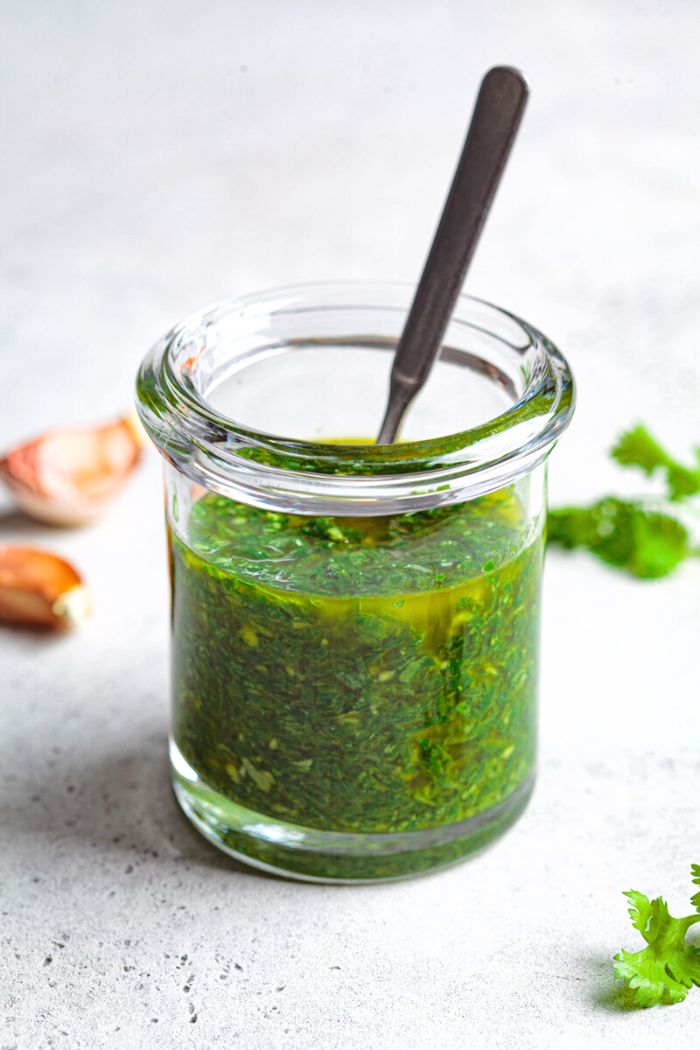
How to Make Chimichurri
In addition to tasting incredible, Chimichurri is also a breeze to make. Even if you’re rarely in the kitchen, this sauce can be whipped together in minutes with nothing more than your handy food processor!
Here are the ins and outs for how to perfectly make this chimichurri sauce:
- Ingredient Prep: Begin by de-stemming the parsley, peeling and dicing the garlic, and dicing the shallots. Use your hands to pull the leaves from the stems to best de-stem parsley, working in batches. Alternatively, you can cut the parsley from the stems. As for the shallot and garlic, there’s no need to be especially precise, as both ingredients will thoroughly blend in the food processor.
- Into the Processor: Add all of your ingredients to your food processor, minus the oil and salt. Pulse this until it is well combined. You will likely need to stop halfway through to scrape down the sides of the food processor.
- Oil & Season: After a few pulses, slowly drizzle the oil and continue pulsing to combine. You don’t want to overmix the oil, as this will lead to oxidation and bitter flavor. Then, taste your sauce, add salt, and pulse to combine. Continue tasting and adjusting the seasonings to suit your preferences, always pulsing to combine added ingredients.
- Serve & Enjoy: Serve your finished chimichurri sauce alongside grilled or roasted meats, atop roasted vegetables, or as a salad dressing.
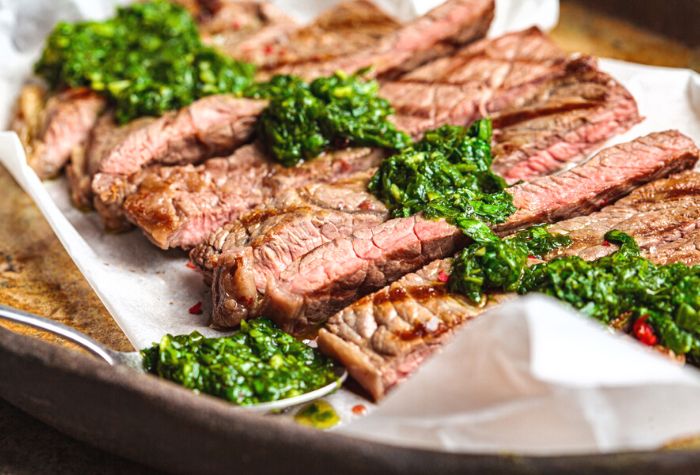
What to Serve Chimichurri With
As good as this chimichurri recipe is on its own, it is best served as a dipping sauce or drizzled directly over BBQ meat, chicken, salmon, or vegetables.
When in doubt, stick with what’s local. Argentina is known for deeply flavorful steak, so serve a heavy pour of chimichurri over dishes such as our smoked picanha or skirt steak. This sauce even makes the perfect topping for burgers. You really can’t go wrong!
And, since this recipe is similar to a vinaigrette, it makes for a perfect salad dressing. Its lightness and freshness make it a great choice alongside chicken or salmon as well.
You can also make a chimichurri aioli by combining equal portions of chimichurri with mayonnaise and several cloves of roasted garlic. This sauce makes the perfect substitute for mayo in sandwiches and as a dipping sauce.
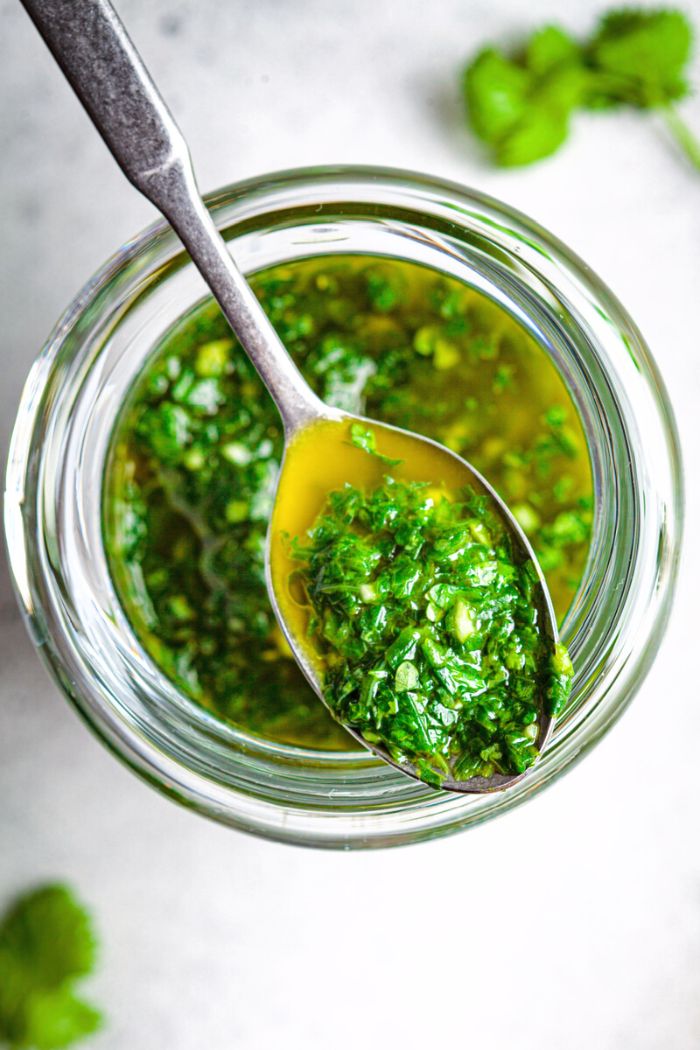
Storage
This recipe makes just over ½ of a cup of chimichurri, which is about 2-4 servings, depending on how significant it is to the overall dish. Luckily, you can easily make a double – or triple-batch of this recipe with little added prep time.
To store leftover chimichurri, simply place leftovers in an airtight container and store them in the fridge for up to one week. Alternatively, to have your leftovers last even longer, you can store leftover chimichurri in the freezer for up to three months.
Once ready to use your frozen chimichurri, allow it to thaw in the fridge overnight.
Quick Tips
- If you don’t have a food processor, a blender or immersion blender can be used instead.
- You may be tempted not to fully de-stem the parsley, but you should do your best to remove all or most of the stems, as these will not thoroughly blend in the food processor.
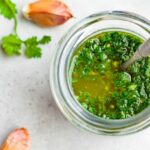
Easy Homemade Chimichurri
Equipment
- food processor
Ingredients
- 2 cups flat-leaf parsley destemmed
- 2 cloves garlic
- ¼ cup extra virgin olive oil
- ½ shallot
- 1 tbsp dried oregano
- 2 tsp red chili flakes
- ¼ tsp salt to taste
Instructions
- Using a food processor, combine all the ingredients except the salt and oil. Pulse to combine. You may need to stop halfway through and scrape the sides of the processor.
- Slowly drizzle in your oil, pulsing to combine. Continue until you have added all of your oil and you have a sauce that is well-combined but not perfectly smooth.
- Taste, add salt, pulse several times, and continue adjusting ingredients until you are satisfied.
